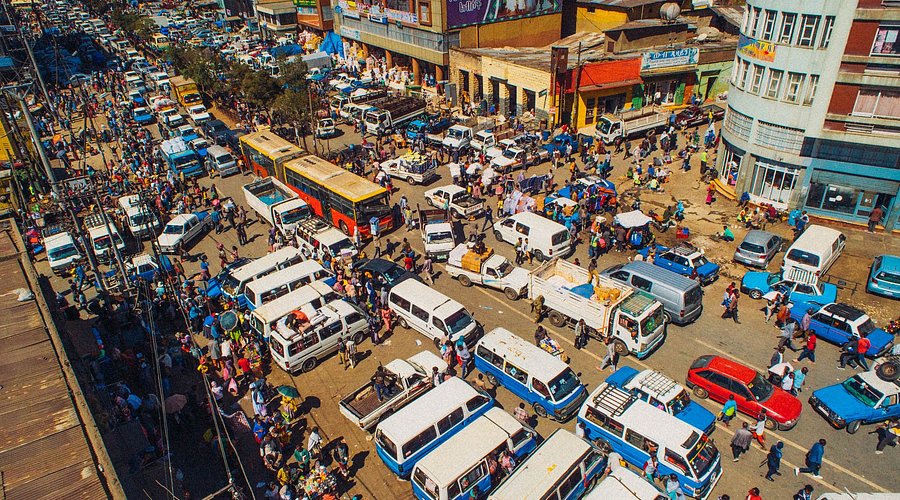At a Glance
- Africa’s largest countries drive regional trade, resource supply, and long-term economic influence.
- Vast landmass nations balance resource wealth with infrastructure gaps and governance challenges.
- Their size positions them as core players in Africa’s integration and future growth.
Africa’s sheer scale is often underestimated. Stretching from the Mediterranean to the Cape and from the Atlantic to the Indian Ocean, the continent is home to 54 nations shaped by geography as much as by politics and economics.
Its largest countries are not only defined by their borders but by the resources beneath their soil, the cultures that stretch across vast distances, and the economies that rise, sometimes unevenly, within them.
Collectively, Africa’s 10 biggest countries account for more than half of the continent’s landmass, anchoring regional blocs and shaping trade flows from North Africa to the Sahel and down to Southern Africa.
Their deserts, forests, highlands, and coastlines carry histories that predate modern states, while their natural wealth, oil, gas, gold, copper, uranium, fertile land, continues to influence global markets.
But size has never guaranteed stability or prosperity. Many of these countries balance immense potential with structural challenges: limited infrastructure, governance strains, climate pressures, and uneven development.
Still, with the African Continental Free Trade Area accelerating regional integration, the scale of these nations positions them as central players in Africa’s economic future.
Shore Africa profiles the continent’s 10 largest countries by landmass, and the economic and geographic weight they carry.
1. Algeria — 2,381,741 sq km
Africa’s largest nation is dominated by the Sahara, yet it remains one of the region’s most important economies. Algeria’s wealth is anchored in oil and gas, which supply most of its export revenue. Its Mediterranean coast hosts major cities, while vast inland regions remain sparsely populated but rich in untapped mineral potential.

2. Democratic Republic of the Congo — 2,344,858 sq km
The DRC hosts one of the world’s richest mineral reserves, including copper and more than 70% of global cobalt supply. Its forests form a key part of Earth’s carbon sink. Despite its scale and resources, the country continues to navigate political instability and infrastructure deficits that constrain growth.

3. Sudan — 1,861,484 sq km
Sudan stretches from the Red Sea to the Sahel, with landscapes ranging from deserts to fertile farmland along the Nile. Agriculture anchors the economy, supported by livestock and gum arabic exports. The country’s size gives it strategic weight, though internal conflicts and political transitions continue to shape its outlook.

4. Libya — 1,759,540 sq km
Libya’s landmass is dominated by desert terrain, yet beneath it lies some of Africa’s most significant oil reserves. The country’s economy is almost entirely dependent on petroleum. Its Mediterranean ports remain important, but political fragmentation has hindered efforts to rebuild infrastructure and restore broad economic stability.
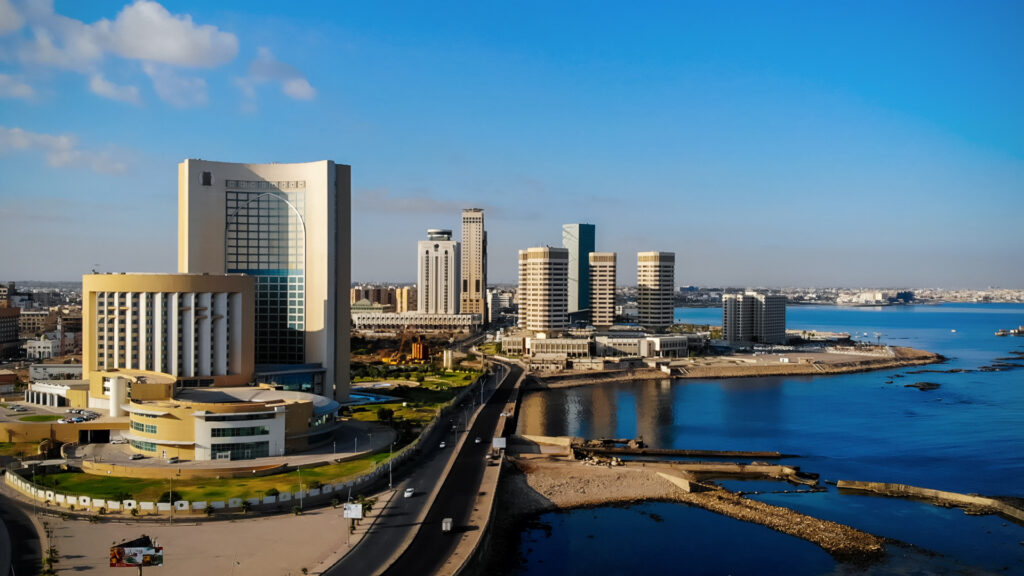
5. Chad — 1,284,000 sq km
Chad sits at the crossroads of Central and North Africa, blending desert, savannah, and fertile regions. Oil drives most export income, supported by uranium and gold deposits. Its vast geography is both a strength and a challenge, with limited infrastructure linking remote populations across a landlocked landscape.
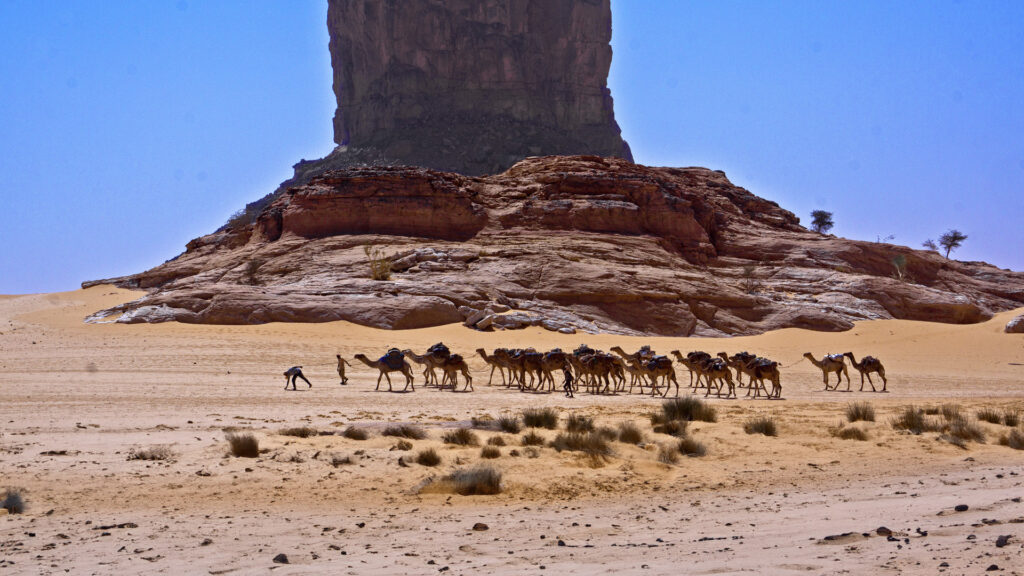
6. Niger — 1,267,000 sq km
Niger’s terrain spans the Sahara and Sahel, making it one of Africa’s driest nations. Despite its climate constraints, the country holds major uranium reserves vital to global energy markets. Agriculture sustains most livelihoods, while oil exploration and regional trade corridors are slowly reshaping its economic profile.

7. Angola — 1,246,700 sq km
Angola combines Atlantic coastline, tropical forests, and desert zones. Its economy is among Africa’s largest, built primarily on oil, diamonds, and gas. Years of post-war reconstruction have spurred rehabilitation of roads and ports, making its scale a potential advantage as the country pushes to diversify beyond energy.
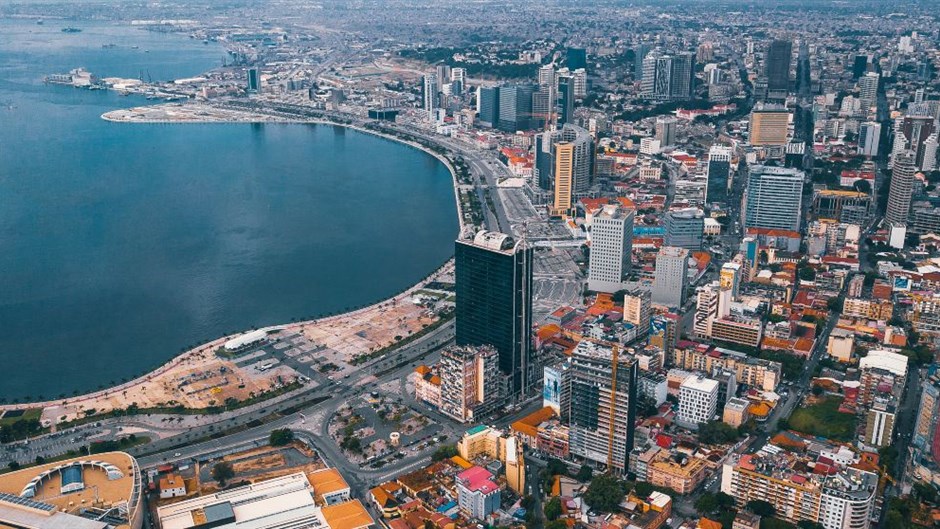
8. Mali — 1,240,192 sq km
Mali’s vast territory extends across the Sahara and Sahel. Gold is its most valuable export, supporting an economy otherwise reliant on agriculture and livestock. Despite its mineral wealth and deep cultural heritage, insecurity and limited infrastructure continue to shape development prospects in several regions.

9. South Africa — 1,219,090 sq km
South Africa is the continent’s most industrialized economy, with a landscape that ranges from highlands to coastlines. Its mining sector, manufacturing base, financial markets, and logistics networks give it regional dominance. As a key trading hub, its size supports its role as a gateway to Southern Africa.
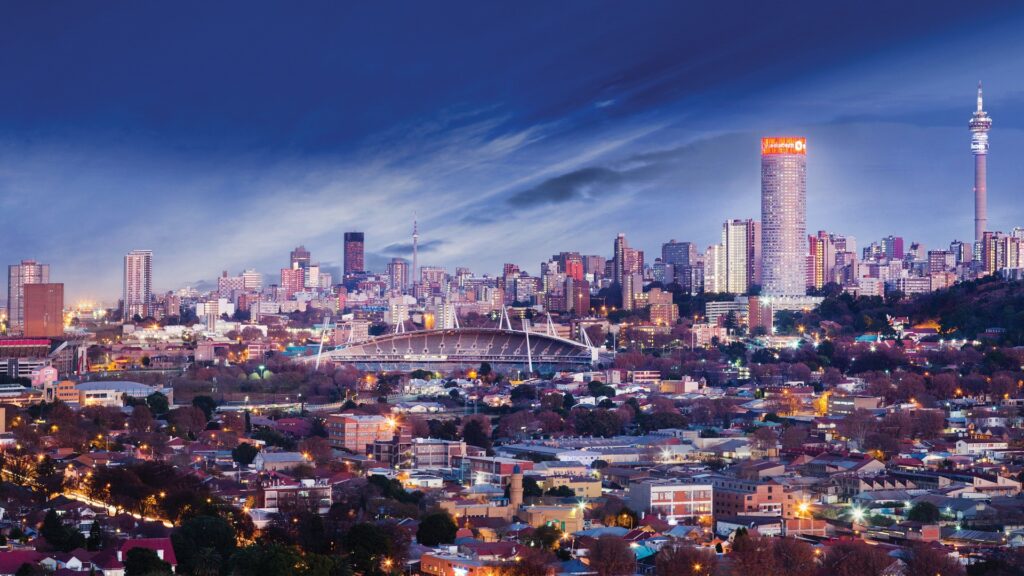
10. Ethiopia — 1,104,300 sq km
Ethiopia’s highlands, mountains, and rift valleys define its geography. Its economy is driven by agriculture, coffee exports, and a growing manufacturing sector. With one of Africa’s largest populations, its scale supports a sizeable domestic market, even as the country works to stabilize political transitions and expand infrastructure.
